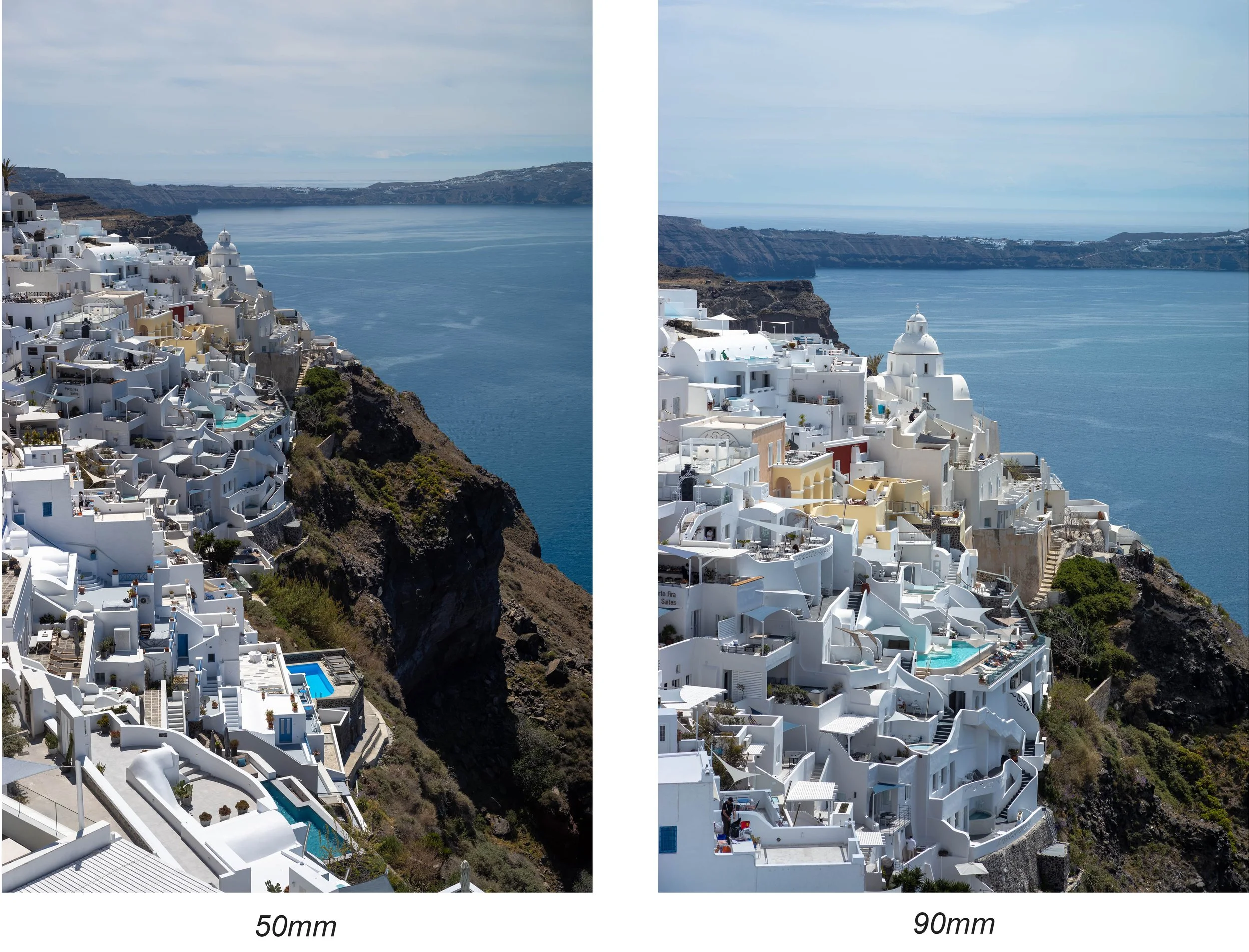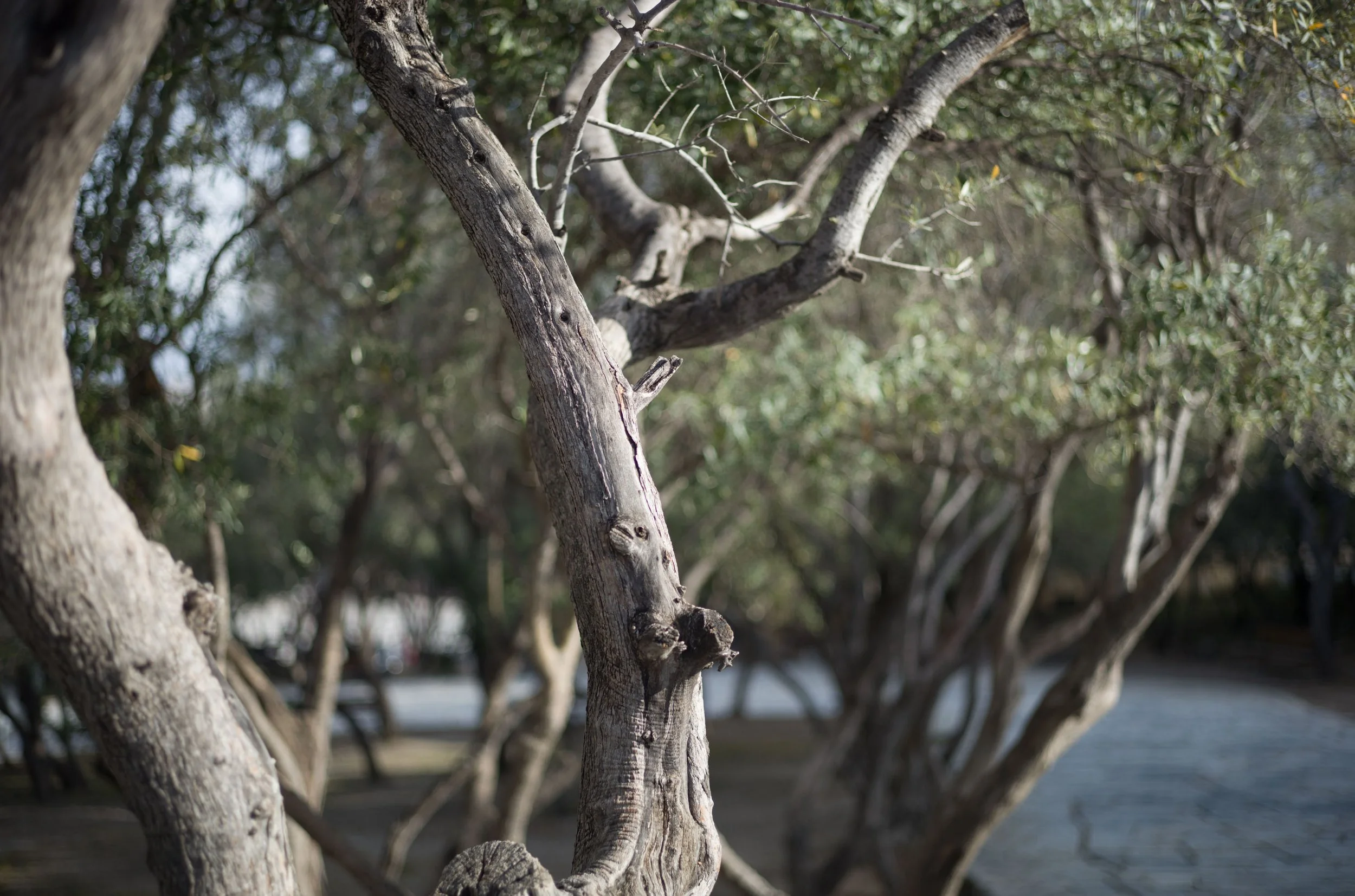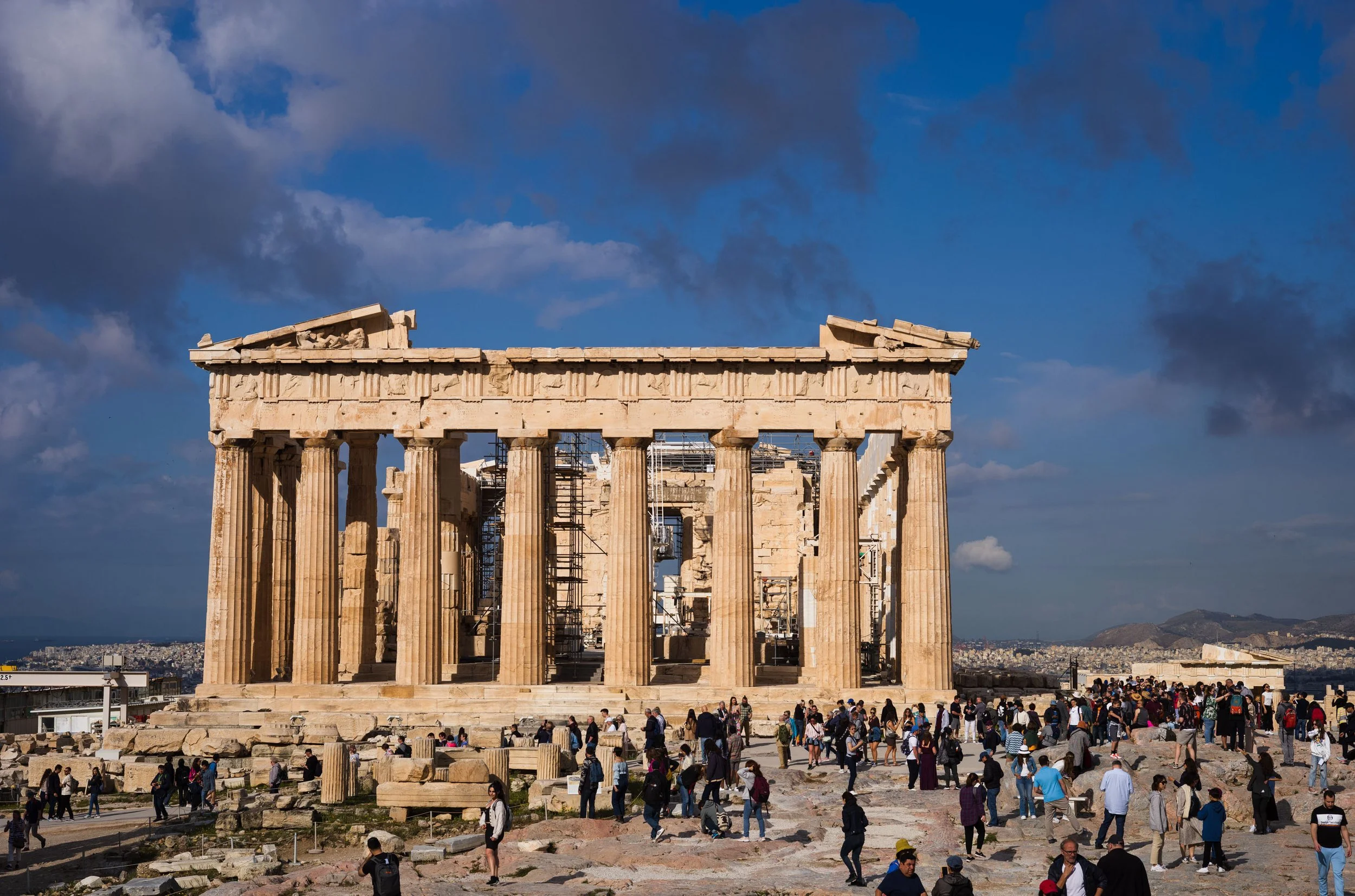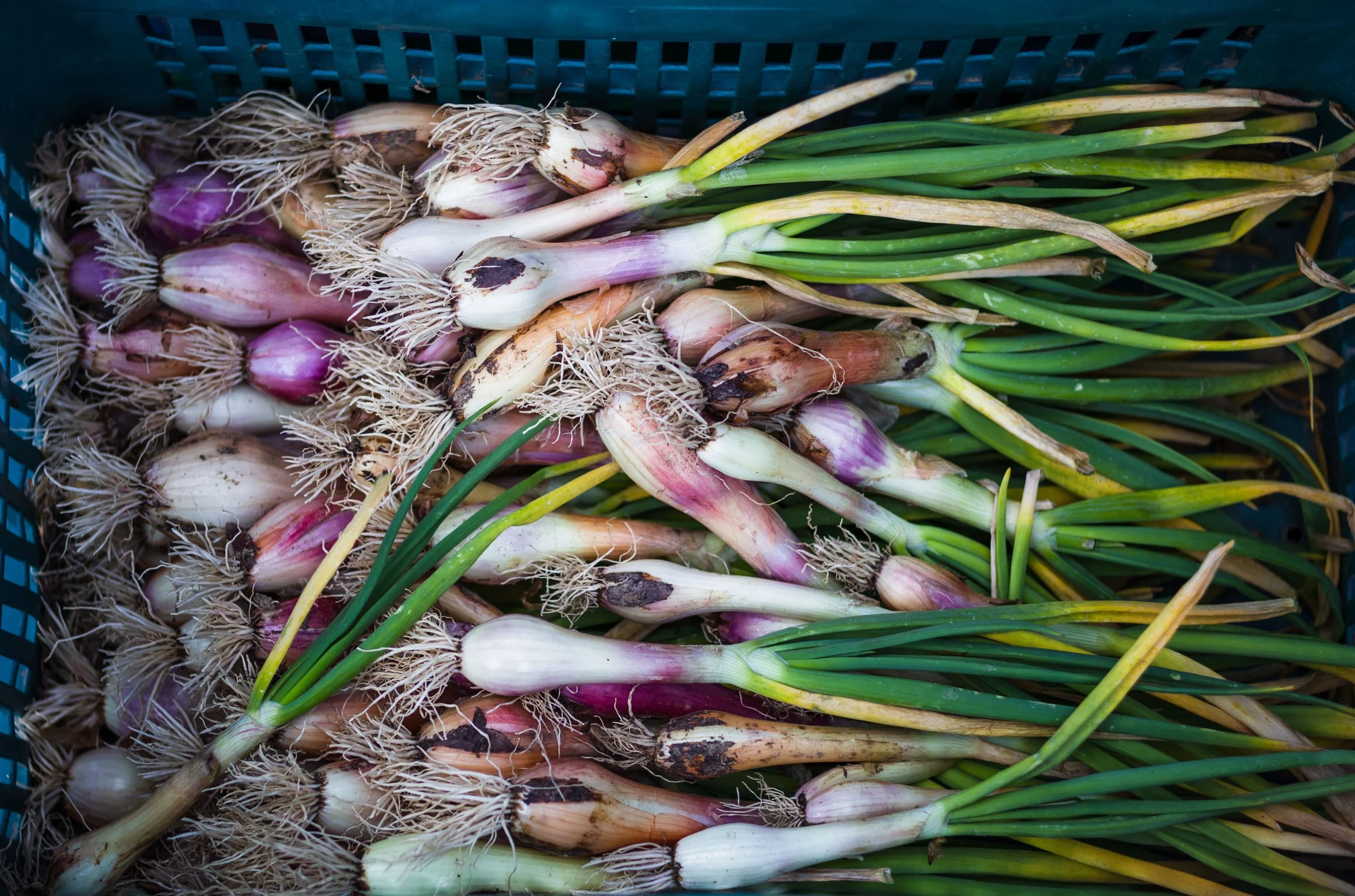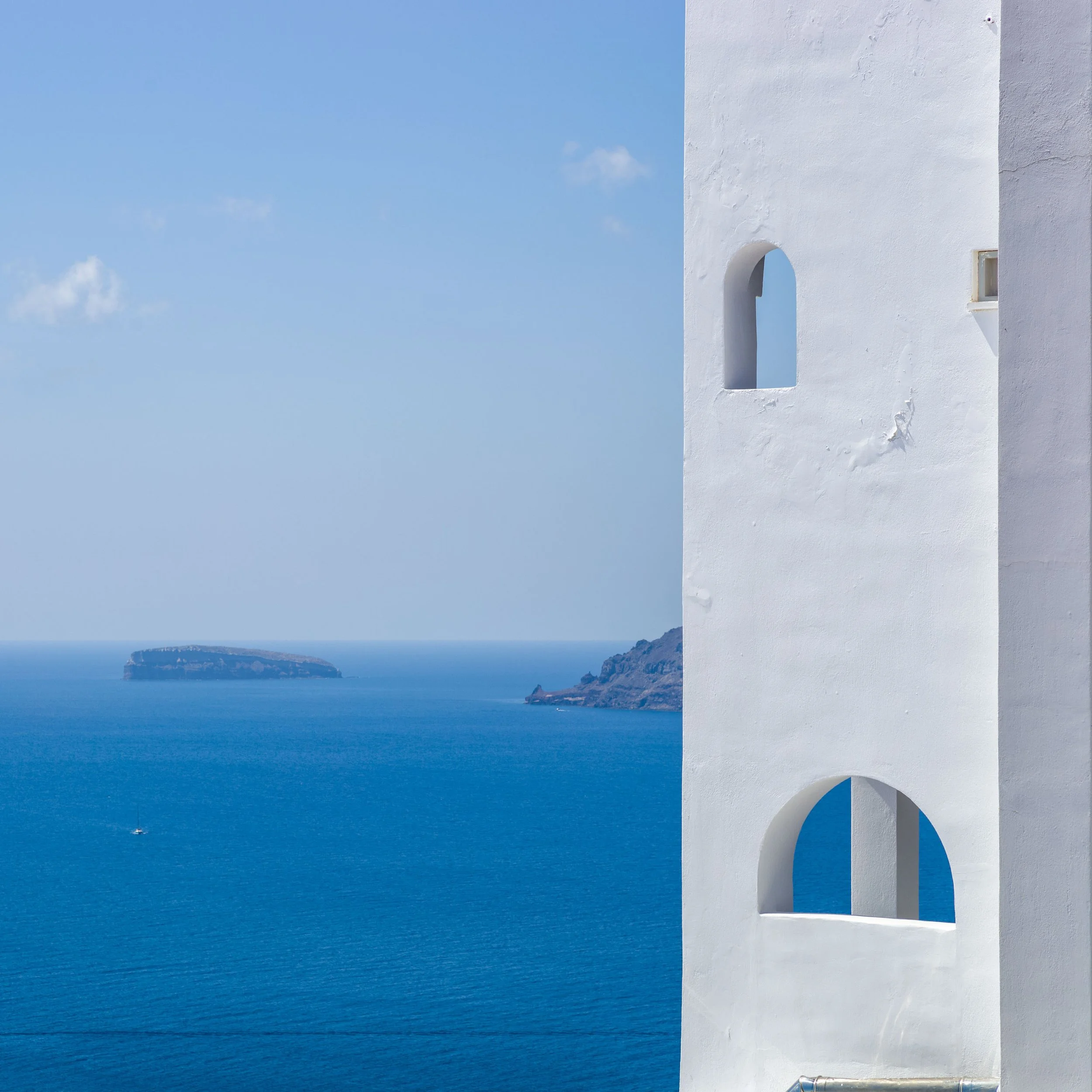A Perfect Leica Travel Kit
A perfect three lens Leica travel kit
I recently bought my first Leica, a used M10-R. And with a trip to Greece coming up I needed to quickly put together a basic lens kit without breaking the bank. I tried a couple lenses by Zeiss and Voigtlander, and while they have excellent image quality, I just didn’t like they way they felt in my hand. Plus, since I was buying into the Leica system, the real priority for me was the Leica glass. Here’s how I put together a perfect Leica three lens travel kit, all for less than the price of a new 35mm Summilux.
Lens #1 - The “Normal” View
I’ve always considered myself a 50mm guy. My first camera, a Canon TX, came with the standard “nifty-fifty” f/1.8. Nowadays when I take photos with my iPhone the majority of the photos are at the 2x setting, or approximately 50mm focal length.
As a first lens for my new M10-R, I chose the Leica Summicron 50mm - it is a reasonably fast lens with the f/2 aperture, but is also compact, light and lot less expensive than the Summilux. The optical formula of this lens has stayed the same for several decades, but I wanted to get the current version (v5) in order to have both the 6-bit coding so that the camera would recognize the lens and code it into the metadata as well as the integrated lens hood that was introduced on this version.
Santorini - Leica M10-R, Summilux 50mm
The Summilux 50mm is a dream walk-around and general purpose lens. By stepping back I can capture a reasonable wide field of view, but I can also stop it down to f/2 and get dreamy bokeh in my portraits. During my week in Greece at least 50% of my photos were taken with this lens.
Lens #2 - Going Wide
Next up I needed a wide-angle lens. During the pandemic one of my favorite cameras was my Ricoh GRiii. It has a f/2.8 28mm equivalent lens and I like that view for urban walks. Fortunately Leica makes an gem of a lens at this focal length, the Elmarit 28mm f/2.8. This lens is tiny, comes with a retro styled screw on lens hood and is tack sharp across all apertures.
In Greece the lens proved invaluable while walking the crowded streets in Athens or the old narrow alleyways in Mikonos and Santorini. For these walks I just carried my M10-R with the 28mm attached. A lot of the photography was street style, but I also had opportunities to do casual portraits and wide scenic shots. One of the great things about Leica M-mount lenses is that they all have hyperfocal distance indicators on the lens barrel. Especially with a 28mm this makes it easy to set an aperture such as f/8, and then set the focus to ensure that everything within a determined distance is in focus. This makes it a snap for street photography situations. I used this lens for about 30% of my photos in Greece.
Athens Street Scene - Leica M10-R, Elmarit 28mm
Lens #3 - Telephoto
To round out my kit I needed a lens with some reach. I decided to get the 90mm Summicron after watching a review of this lens on the Mr. Leica YouTube channel. Mine is the pre-APO version that was produced in the 1990s. To my surprise, when I opened the box it seemed to me that this lens had never been used. It was as good as new.
Sunset Sail, Santorini - Leica M10-R, Summicron 90mm
During the trip to Greece I only used this lens about 20% of the photos, but for these times it was invaluable. Here is an example, a typical view on the island of Santorini. I first shot it with the 50mm, but then switched to the 90mm to create a stronger image by bringing the focus more to the church in the middle of the frame.
Difference between the 50mm field of view on left versus 90mm on right
Traveling Light
All together these three Leica lenses weigh 2 pounds 3 ounces. In comparison, if I had decided to bring my Canon kit instead, the three lenses would have weighed 6 pounds 7 ounces. That is 3 times the difference in weight! Not to mention the Leica lenses take up a much smaller amount of space. I can fit my rangefinder and the three lenses in an ONA Bowery bag, or any other small insert that I can put into a small size shoulder bag or backpack. This makes traveling so much easier, and I feel less conspicuous carrying a small kit.
My Leica rangfinder and three lenses in a small messenger bag.
These three lenses give me the tools I need to photograph almost any situation.
More Examples
Here is an example of the 50mm Summicron shot at f/2. Notice how dreamy the background bokeh looks? This is one of my favorite characteristics of how this lens renders a scene.
This image of The Parthenon is also shot with the 50mm Summicron but this time stopped down to f/8.
For comparison, this image of The Parthenon was shot on the 28mm Elmarit. By standing closer and using a wide-angle lens the image has more dramatic angles.
Another use of the 28mm Elmarit is capturing a lot of detail in a confined space. Here we are walking into a meat market in Athens. The 28mm allowed me to capture the texture of all the meats hanging from the ceiling.
The 50mm Summicron is great for low light situations. By shooting at f/2 I was able to capture this image in a dark, candlelit chapel. I also like how I can blur both the foreground and background due to the narrow depth of field.
Another use for the 50mm is capturing tight detail scenes. Here I noticed the color and shapes of the shallots in a vendor’s basket.
One of the ways I use longer focal lengths is to isolate shapes and subjects in order to create a sense of abstraction. Here I used the 90mm to capture a small portion of an apartment building.




